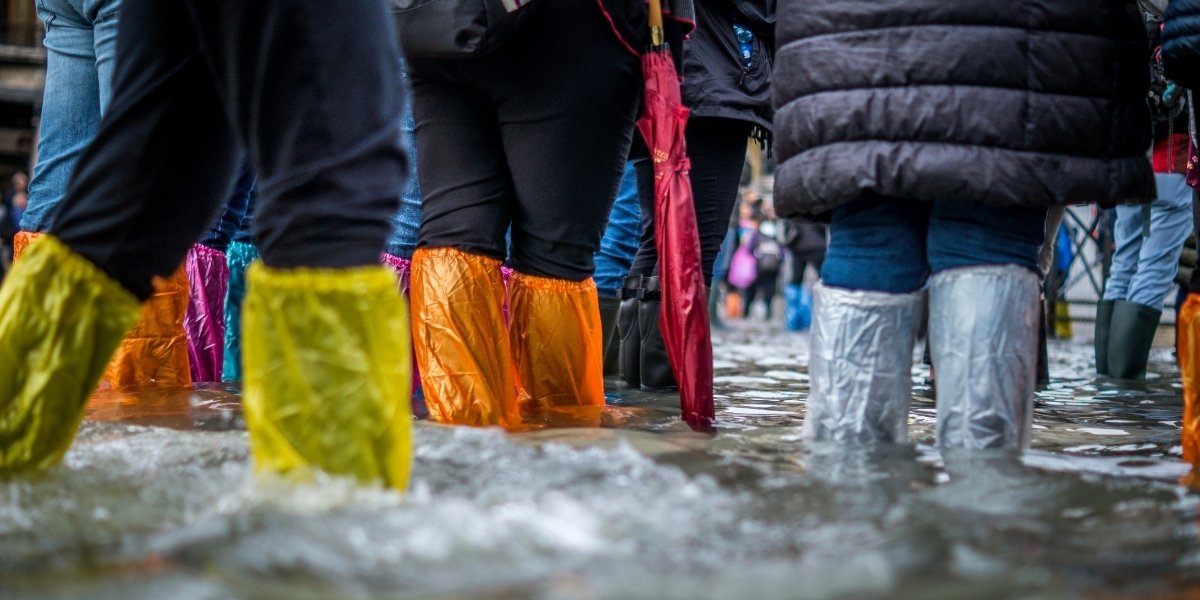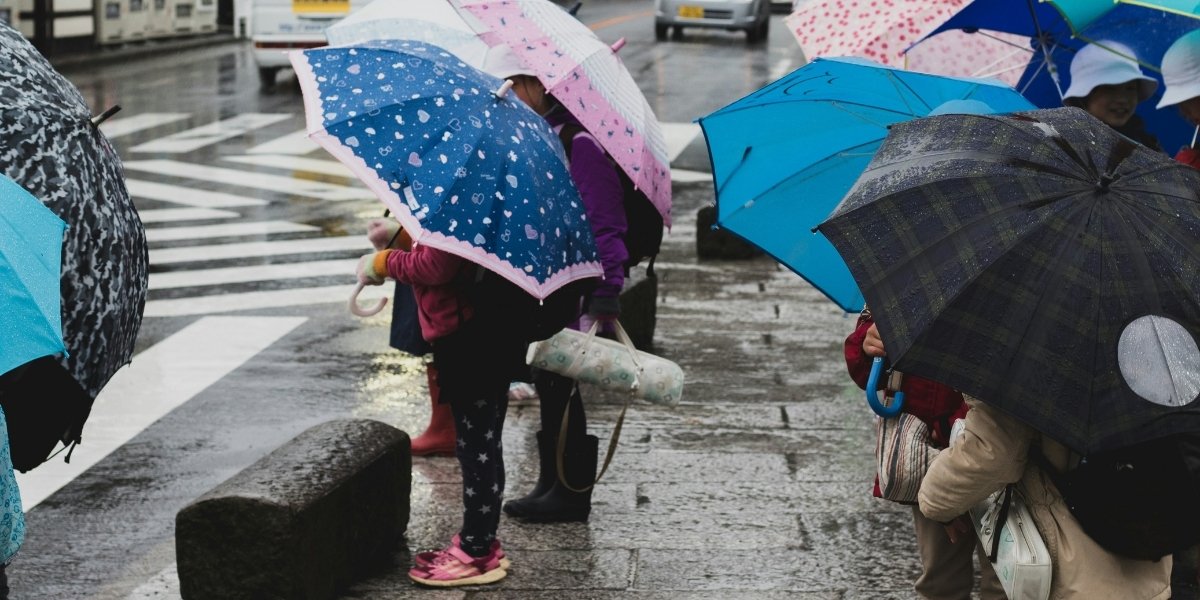Leptospirosis Awareness: What You Need to Know to Stay Safe
Leptospirosis is a serious bacterial disease that can affect both humans and animals. It is caused by bacteria of the genus Leptospira, which are commonly found in the urine of infected animals. The disease is widespread globally but is particularly prevalent in tropical and subtropical regions with high rainfall, where environmental conditions favor the survival of the bacteria. Understanding how this infection spreads and who is at risk is the first crucial step in preventing its potentially severe outcomes. Public awareness campaigns often highlight the importance of recognizing early signs and symptoms to facilitate timely medical intervention.
Read Also: How Proper Handwashing Can Prevent Germs and Illness
The bacteria responsible for leptospirosis thrive in warm, wet environments, making floodwaters and contaminated soil significant sources of infection. Humans typically contract the disease through direct contact with infected animal urine or indirectly through contact with water, soil, or food contaminated with the urine. This often occurs when open wounds, mucous membranes like the eyes, nose, or mouth, or even just prolonged skin exposure come into contact with contaminated sources. Various animals, including rodents, livestock, and even pets, can carry the bacteria without showing symptoms, acting as reservoirs for the disease. Being informed about these transmission pathways is vital for implementing effective preventive measures.
How Does Leptospirosis Spread to Humans?
Leptospirosis primarily spreads to humans through contact with the urine of infected animals. This contact can be direct, such as handling an infected animal or its tissues, or indirect, through environments contaminated with infected urine. Water plays a significant role in transmission, especially during heavy rains or flooding. When floodwaters mix with animal urine from infected rodents or other animals, they become a hazardous medium. People wading, swimming, or working in these contaminated waters are at high risk, as the bacteria can enter the body through cuts, abrasions, or even the soft tissues of the eyes, nose, and mouth. Farmers, veterinarians, and outdoor workers are particularly susceptible due to their frequent exposure to potentially contaminated environments.

Photo Credit: Unsplash.com
The bacteria can also survive in moist soil for extended periods, posing another risk. Individuals who garden, farm, or engage in recreational activities in areas with contaminated soil can be exposed. Even seemingly minor cuts or scrapes can provide an entry point for Leptospira. It is important to remember that the disease is not typically spread from person to person, making contact with contaminated environments or animal excretions the central focus of prevention. Understanding these varied modes of transmission helps in identifying specific actions individuals can take to protect themselves and their communities, especially in areas where the disease is known to be endemic.
What Are the Symptoms of Leptospirosis and When Should You Seek Help?
The symptoms of leptospirosis can vary widely, making it challenging to diagnose without specific testing. The initial phase of the illness, often called the anicteric phase, typically begins with flu-like symptoms. These can include a sudden onset of fever, severe headache, muscle aches—particularly in the calves and lower back—and chills. Other common symptoms at this stage might include nausea, vomiting, abdominal pain, diarrhea, and a rash. Because these symptoms resemble many other common illnesses, individuals may not immediately suspect leptospirosis, leading to delays in seeking appropriate medical care.
In some cases, the disease can progress to a more severe and dangerous second phase, known as the icteric or Weil’s disease. This severe form can lead to organ damage, affecting the kidneys, liver, lungs, and central nervous system. Symptoms during this phase may include jaundice (yellowing of the skin and eyes), kidney failure, hemorrhagic manifestations (bleeding), and respiratory distress. If any of the initial flu-like symptoms occur, especially after potential exposure to contaminated water or environments, it is crucial to seek medical attention promptly. Early diagnosis and treatment with antibiotics are essential for preventing severe complications and improving recovery outcomes, highlighting the importance of timely medical consultation.
Who Is Most at Risk of Contracting Leptospirosis?

Photo Credit: Unsplash.com
Certain groups of people face a higher risk of contracting leptospirosis due to their occupations, hobbies, or living conditions. Outdoor workers are particularly vulnerable. This includes farmers, livestock handlers, veterinarians, slaughterhouse workers, and individuals involved in rice cultivation, as their work often involves direct contact with soil, water, and animals that may be reservoirs for Leptospira bacteria. Construction workers, sewage workers, and those who maintain drains are also at elevated risk because they frequently work in environments potentially contaminated with rodent urine.
Recreational activities that involve contact with fresh water can also increase risk. Swimmers, rafters, campers, and individuals participating in water sports in lakes, rivers, or contaminated ponds are susceptible, particularly if they have open cuts or abrasions. During heavy rainfall or flooding, the risk escalates significantly for anyone coming into contact with floodwaters. Residents in areas prone to flooding, especially those living in informal settlements where sanitation may be compromised, are at a higher community-wide risk. Understanding these risk factors allows individuals to take targeted precautions, such as wearing protective gear or avoiding certain activities during high-risk periods, to minimize their exposure to leptospirosis.
What Preventive Measures Can You Take Against Leptospirosis?
Preventing leptospirosis involves a combination of personal protective measures and community-level sanitation efforts. One of the most important steps for individuals is to avoid contact with potentially contaminated water or soil, especially during and after heavy rains or flooding. If contact cannot be avoided, wearing protective clothing, such as waterproof boots, gloves, and waders, is highly recommended. Covering cuts and abrasions with waterproof bandages before exposure to potentially contaminated environments can also prevent the bacteria from entering the body. Basic hygiene practices, like thoroughly washing hands and showering after potential exposure, are also critical.
Read Also: Gut Feeling Great: Nurturing Your Gut Health for a Happier You
Controlling rodent populations is another effective preventive strategy, as rodents are significant carriers of Leptospira. This involves proper waste disposal to eliminate food sources for rodents, maintaining clean surroundings, and using rodenticides or traps where necessary. Draining stagnant water around homes and communities can reduce breeding grounds for disease-carrying animals and minimize areas where bacteria can thrive. Educating communities, especially those in high-risk areas, about the dangers of leptospirosis and the importance of these preventive actions empowers individuals to take active roles in safeguarding their health. Implementing these measures collectively can significantly reduce the incidence of leptospirosis and protect public health.





